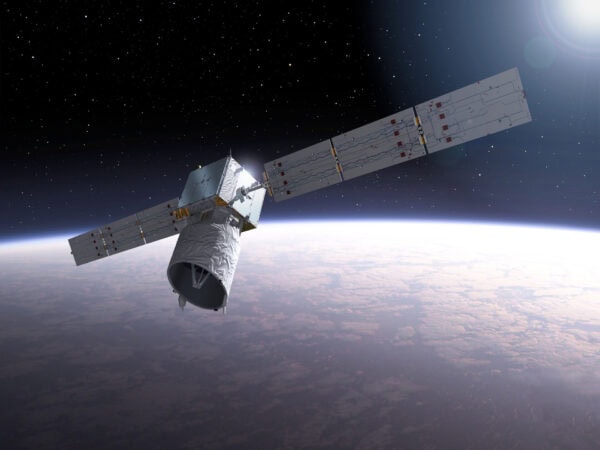
As we venture deeper into space, the search for sustainable and renewable technologies is becoming essential for the success of future missions. Renewable space vehicles, designed with energy efficiency and resource conservation in mind, are no longer just a concept of the future — they’re becoming a reality. These innovations could transform space exploration by making long-term missions more sustainable and reducing the environmental footprint of space travel.
Traditional space vehicles depend heavily on non-renewable resources like chemical propellants, which are not only limited but also contribute to space debris and environmental pollution. As space agencies and private companies increase their exploration efforts, the sustainability of these missions is becoming a growing concern. Renewable space vehicles, which can tap into abundant energy sources like the sun and recycle resources on board, present a promising solution to these issues.
One of the most promising renewable energy sources for space vehicles is solar power. While solar panels have been used on spacecraft for decades, recent advancements in photovoltaic technology are making them more efficient and lightweight. The European Space Agency (ESA) is developing flexible solar panels that can generate more power with less weight, which is crucial for space missions where every gram matters.
Another innovative use of solar energy is solar sails, which capture the momentum of photons from the sun to propel spacecraft. NASA’s NEA Scout mission, launching as part of the Artemis I program, will use a solar sail to explore near-Earth asteroids, showcasing the potential of solar energy to power long-duration missions with minimal fuel.
The Role of Green Propulsion Systems
Propulsion is a key area where renewable technologies can make a significant impact. Traditional chemical rockets are powerful but inefficient and harmful to the environment. Green propulsion systems, which use non-toxic and more efficient propellants, are emerging as a more sustainable alternative. For example, the Swedish Space Corporation has developed a “green” propulsion system using ammonium dinitramide (ADN), which is safer and more sustainable than traditional hydrazine-based fuels.
Electric propulsion systems, like ion thrusters, are another promising technology. These systems use electricity, often generated by solar panels, to ionize and accelerate a propellant, providing much more efficient thrust compared to chemical rockets. The European Space Agency’s BepiColombo mission to Mercury relies on electric propulsion to navigate its complex interplanetary journey, significantly reducing the fuel needed.
In-Situ Resource Utilization (ISRU)
One of the biggest challenges for long-duration space missions is the need to carry all necessary resources from Earth, which adds to the mission’s cost and complexity. In-Situ Resource Utilization (ISRU) seeks to address this by using resources found on other planets, moons, or asteroids. For example, it involves producing oxygen from the Martian atmosphere or extracting water from lunar ice to create fuel.
NASA’s Mars Oxygen In-Situ Resource Utilization Experiment (MOXIE), currently on the Perseverance rover, is testing the technology to produce oxygen from the Martian atmosphere. This breakthrough could make human missions to Mars more sustainable by reducing the need to transport large amounts of oxygen from Earth.
Reusable Spacecraft
Renewable space vehicles are closely tied to the concept of reusability. SpaceX’s Falcon 9 rocket has revolutionized the industry by proving that rockets can be reused multiple times, which greatly reduces both the cost and environmental impact of space travel. This reusability is central to SpaceX’s goal of making space exploration more sustainable and accessible.
The development of fully reusable spacecraft, like SpaceX’s Starship, represents another major advancement. Starship is designed to be refueled in space using resources like water or methane that can be harvested from celestial bodies, making it a renewable vehicle capable of supporting missions to the Moon, Mars, and beyond.
Ultimately, renewable space vehicles are paving the way for a more sustainable future in space exploration. By tapping into solar power, advancing green propulsion systems, utilizing in-situ resources, and developing reusable spacecraft, the space industry is shifting toward a future where exploration goes hand in hand with responsibility and sustainability. As these technologies advance, they will be key to establishing a long-term human presence in space while ensuring that we protect the environments we explore.
